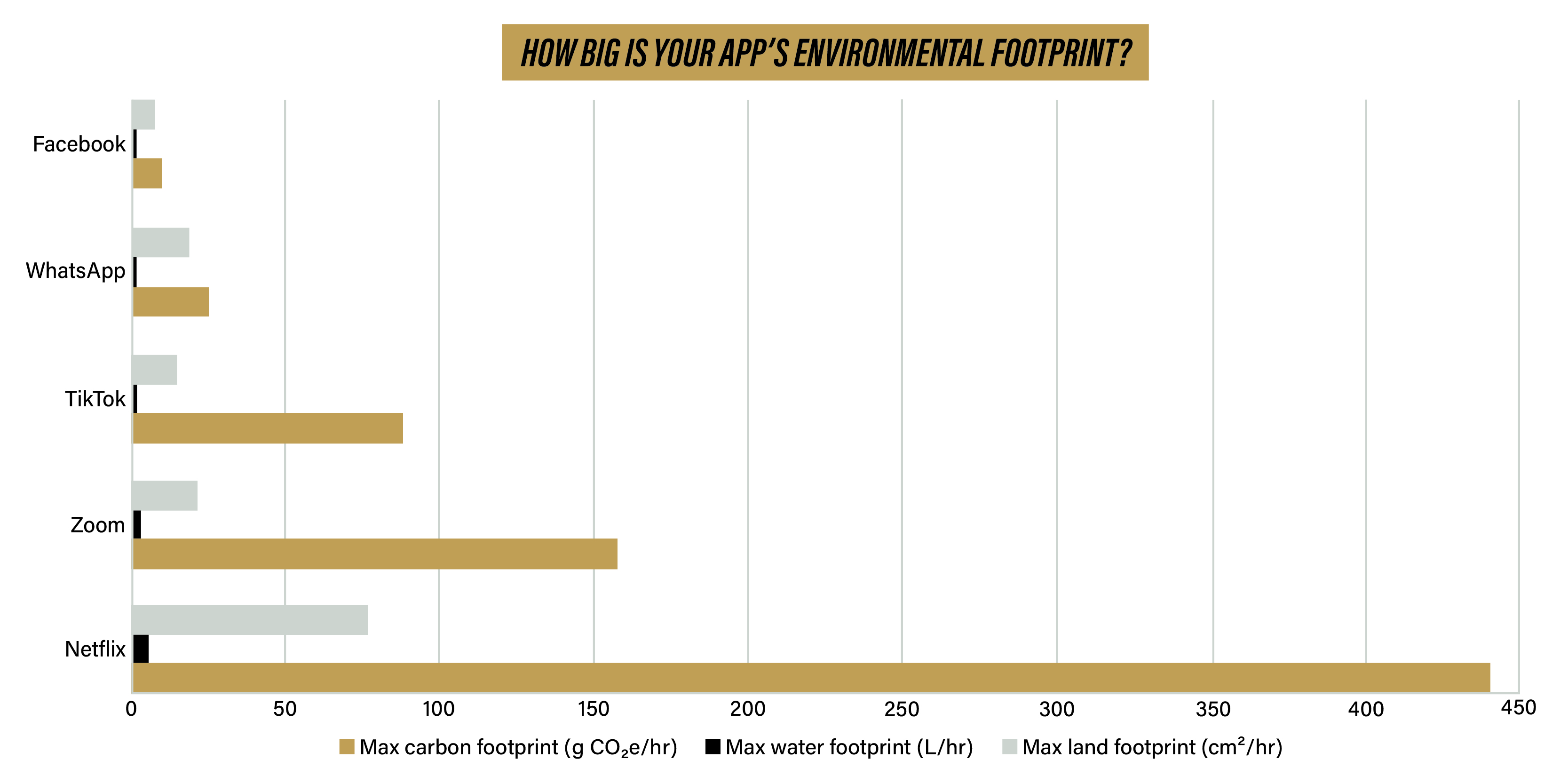Covid's Silver Lining: Carbon Saving
Edited on
16 March 2021Adapting to life in a pandemic has not been easy in both our work and home life, with positives few and far between. As the C-change project works closely alongside arts and cultural organisations, witnessing the substantial challenges of the pandemic on the sector, it can be hard to see past the negatives at times. However, on a project management level, there is one positive that C-change and other URBACT network can take from the new ways of working - the carbon savings made due to our inability to travel.

At the beginning of the project, our Lead Expert (Claire Buckley from Julie's Bicycle) carried out an exercise to predict the carbon footprint the project would create from travelling to attend transnational meetings. This was done back in June 2018 when nobody could have predicted the stop to travel, making the data even more interesting to analyse now.
Over the course of the project, 7 transnational meetings were planned with one in each partner city as well  as a kick-off and a midterm review meeting in Manchester. This equated to each partner city planning 6 return trips across Europe with the lead partner being the Manchester team incurring 5. Knowing for certain the number of attendees and the exact CO2 tonnes for each flight wasn’t feasible (due to unknows like lay overs/cheapest routes, as well as being a very time-consuming exercise) but Claire calculated the CO2 footprint on an average as detailed in the table (Phase 2 Travel diagram). The predicted total tonnes of CO2 calculated were 107.61 tonnes. equating to the general emissions of 18 average UK citizens for the year. (CO2 emissions - Our World in Data)
as a kick-off and a midterm review meeting in Manchester. This equated to each partner city planning 6 return trips across Europe with the lead partner being the Manchester team incurring 5. Knowing for certain the number of attendees and the exact CO2 tonnes for each flight wasn’t feasible (due to unknows like lay overs/cheapest routes, as well as being a very time-consuming exercise) but Claire calculated the CO2 footprint on an average as detailed in the table (Phase 2 Travel diagram). The predicted total tonnes of CO2 calculated were 107.61 tonnes. equating to the general emissions of 18 average UK citizens for the year. (CO2 emissions - Our World in Data)
Since March 2020, all associated travel has stopped on the project due to coronavirus. In that time and for the remainder of the project, the transnational meetings in Wroclaw; Gelsenkirchen; Sibenik; and the final event in Manchester had all been reprogrammed to take place virtually via Zoom.  Off course it has been difficult to adapt to working virtually and we have not been able to network in the same way we would at a physical meeting, the ’silver lining’ is that we have made some carbon savings by not travelling. We estimate that the C-Change project will save 50.64 tonnes of CO2. (Total predicted CO2 in tonnes pre lockdown of 107.61 – total expected CO2 in tonnes after meeting moved online of 56.97). It shows that we saved just under half our predicted emissions for the year which is a great story to come out a project focused on climate change action and mitigation.
Off course it has been difficult to adapt to working virtually and we have not been able to network in the same way we would at a physical meeting, the ’silver lining’ is that we have made some carbon savings by not travelling. We estimate that the C-Change project will save 50.64 tonnes of CO2. (Total predicted CO2 in tonnes pre lockdown of 107.61 – total expected CO2 in tonnes after meeting moved online of 56.97). It shows that we saved just under half our predicted emissions for the year which is a great story to come out a project focused on climate change action and mitigation.
ELEPHANT IN THE ‘ZOOM’
Although its certain that virtual meetings have a smaller carbon footprint than traveling across Europe for a physical one, virtual meetings also have a carbon footprint of their own that is often not considered. A new study by Purdue University (public research institution in Indiana, US) says that despite a record drop in global carbon emissions in 2020, a pandemic-driven shift to remote work still presents significant environmental impact due to how internet data is stored and transferred around the world. (Wiles, K., 2021.)
Just one hour of videoconferencing, emits 150-1,000 grams of carbon dioxide (1 litre of petrol burned from a car emits about 2,328 grams), as well as having huge land and water demands. (Forest Research. 2021). In the table produced by the university you can see how Zoom compares to other video streaming platforms. These are just estimates based on the data that is shared publicly by each company, calculated using values of energy per gigabyte of fixed-line internet use.
by the university you can see how Zoom compares to other video streaming platforms. These are just estimates based on the data that is shared publicly by each company, calculated using values of energy per gigabyte of fixed-line internet use.
The estimates are rough, the researchers say, since they are only as good as the data made available by service providers and third parties. But the team believes that the estimates still help to document a trend and bring a more comprehensive understanding of environmental footprints associated with internet use. (Wiles, K., 2021.)
The study does bring some positive news and found that keeping the camera switched off during a web call can reduce these footprints by 96%. (Wiles, K., 2021.) This could be a way for C-Change and other networks to reduce their carbon emissions even further.
Sources
Forest Research. 2021. Carbon emissions of different fuels - Forest Research. [online] Available at: <https://www.forestresearch.gov.uk/tools-and-resources/biomass-energy-resources/reference-biomass/facts-figures/carbon-emissions-of-different-fuels/> [Accessed 26 February 2021].
Griffiths, S., 2021. Why your internet habits are not as clean as you think. [online] Bbc.com. Available at: <https://www.bbc.com/future/article/20200305-why-your-internet-habits-are-not-as-clean-as-you-think> [Accessed 26 February 2021].
Wiles, K., 2021. Turn off that camera during virtual meetings, environmental study says. [online] Purdue.edu. Available at: <https://www.purdue.edu/newsroom/releases/2021/Q1/turn-off-that-camera-during-virtual-meetings,-environmental-study-says.html> [Accessed 26 February 2021].
Images
1) Aeroplane Wing
The carbon footprint on the zero carbon cities project has decreased due to reduced air travel needed to attend physical transnational meetings. Credit: rawpixel.com (copyright free)
2) Internet footprint graphic_high res.jpg
A new study estimates the approximate carbon, water and land footprints associated with each
hour of data spent in popular internet apps. Credit: Purdue University/Kayla Wiles (copyright free)
3) Work from home.jpg
Leaving your camera off while videoconferencing or choosing to stream content in standard definition can significantly reduce environmental footprints. Credit: rawpixel.com (copyright free)
Submitted by Laura McIntosh on
